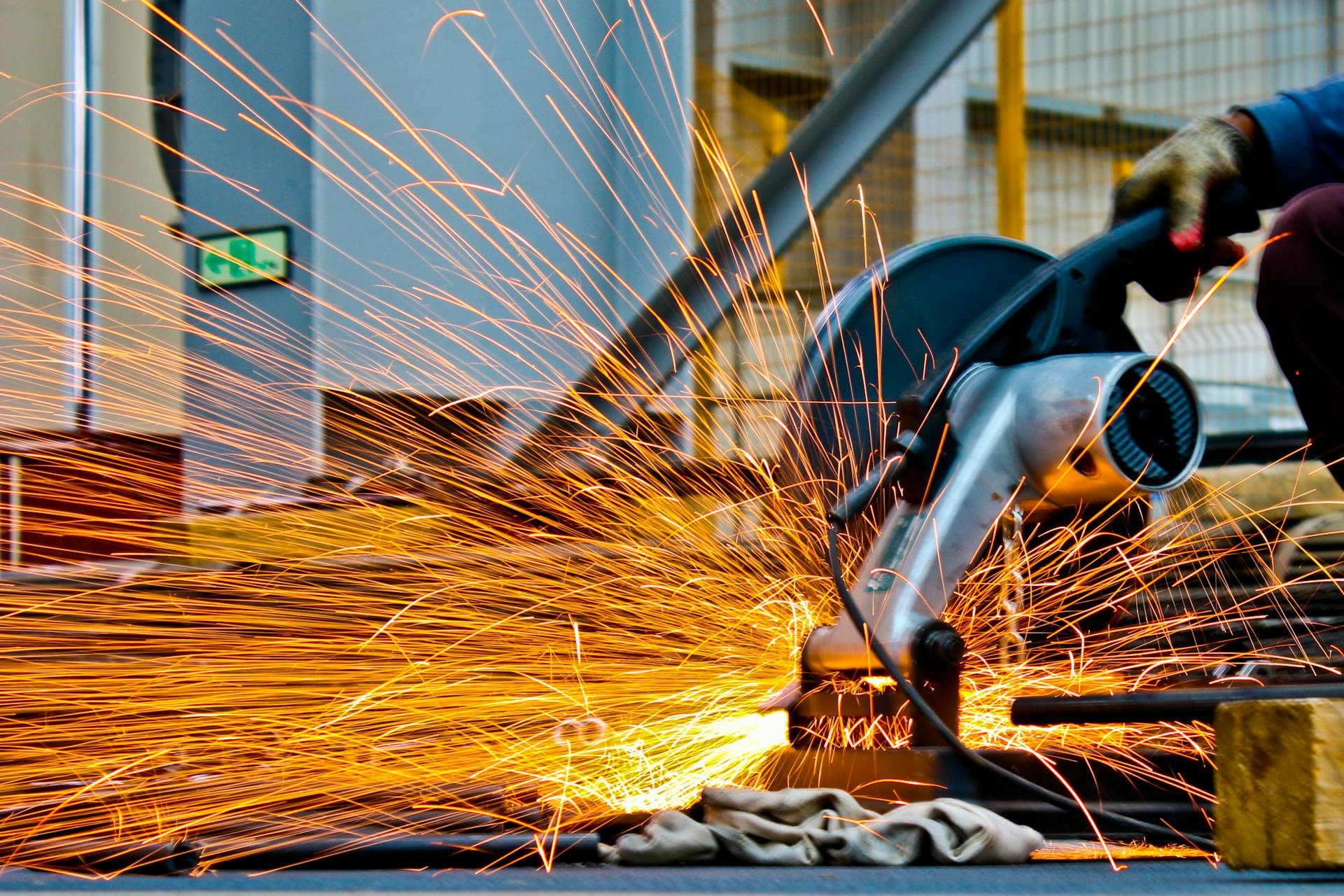In a nutshell:
EMO marks 50 years in 2025, reaffirming its role as the global barometer for production technology; owned by CECIMO, Hannover editions are organized with VDW and Deutsche Messe.
2025 highlights include closed-loop automation and robotics, AI-driven productivity, energy and resource efficiency, integrated additive/hybrid manufacturing, e-mobility powertrain solutions, and expanded lifecycle services.
Buyers will judge on TCO, throughput and verified CO2 cuts; exhibitors should demonstrate interoperability and ROI, secure logistics early, and engage forums on standards, data spaces, circularity and skills.
Europe’s flagship trade fair for production technology reaches a milestone in 2025, marking five decades since Paris launched EMO in the mid-1970s. Over that span, EMO has evolved into a bellwether for the machine tool, metalworking and manufacturing technology sectors, shaping investment cycles and technology roadmaps well beyond Europe. The anniversary comes as companies finalize plans for the 2025 edition and look ahead to EMO’s subsequent return to Hannover.
Established as a pan-European showcase for cutting-edge metalworking solutions, EMO alternates between leading industrial hubs and is owned by CECIMO, the European association for the machine tool industries and related manufacturing technologies. When hosted in Hannover, the event is organized by Germany’s machine tool builders’ association (VDW) in partnership with Deutsche Messe on one of the world’s largest exhibition grounds. The rotating format has helped EMO maintain a distinctly international profile, drawing exhibitors and buyers from across the Americas and Asia in addition to Europe.
The 50-year mark invites context. EMO has consistently been the launchpad for high-impact advances—from CNC breakthroughs and multi-axis machining to the rise of computer-integrated manufacturing, the digital factory and, more recently, AI-enabled process optimization. Alongside machine tools for cutting and forming, EMO now encompasses measurement and quality assurance, robotics and automation, additive and hybrid manufacturing, software, tooling, clamping, coolant and chip management, and a growing services layer spanning predictive maintenance and retrofits.
Despite a challenging macro backdrop, the most recent EMO edition in Hannover in 2023 underscored that international reach. Organizers reported more than 1,800 exhibitors from roughly 45 countries and close to 92,000 trade visitors from well over 100 nations. The program gave prominence to digitalization, connectivity and sustainability—a trio of priorities that remains central in 2025 planning. Interoperability initiatives based on open standards have moved from concept to shop-floor reality, enabling data flows across machines, lines and factories and making it easier for buyers to de-risk mixed-vendor investments.
For 2025, exhibitors are expected to double down on automation and closed-loop manufacturing by integrating robotics, in-process sensing, and autonomous changeover, while simultaneously advancing AI- and software-driven productivity through toolpath optimization, adaptive machining, and energy monitoring. A strong emphasis will be placed on energy and resource efficiency, with high-efficiency drives and coolant systems alongside wider use of dry and minimum-quantity lubrication. Additive and hybrid solutions for tooling, spares, and lightweight components will be demonstrated in closer integration with conventional subtractive processes. E-mobility and powertrain production will feature prominently, including solutions for battery housings, casings, gears, and other precision components. In parallel, skills and service offerings will expand, with training, remote diagnostics, and retrofit and modernization packages designed to extend machine life.
For companies in and around Hannover preparing for the 2025 show—and for EMO’s return to the city in the subsequent cycle—the anniversary is more than symbolic. The fair remains a highly compressed decision-making environment. Buyers arrive with defined budgets and decarbonization targets, and they increasingly measure proposals against total cost of ownership, throughput per square meter and verified CO2 savings. Clear ROI cases, interoperable interfaces and credible service commitments often determine shortlists.
Practical planning points are unchanged but critical in a tight logistics year: lock in stand builds early; coordinate live demos and cutting trials to align with noise, power and chip-disposal rules; secure transport and customs support for time-sensitive exhibits; and prepare multilingual technical staff for concentrated peak hours. Given the pace of software updates, many vendors now schedule staged feature releases tied to the show window—ensuring that demo systems and marketing materials remain synchronized avoids last-minute rework.
The anniversary year will also bring a strengthened knowledge program, with forums expected to examine standards adoption, data governance and industrial data spaces, circular manufacturing and workforce development. Dedicated areas for start-ups and scale-ups continue to expand, giving established OEMs and tier suppliers streamlined access to emerging software, automation and AI specialists.
48 years after Hannover first hosted EMO, the fair’s role is unchanged at its core: a global marketplace where manufacturers benchmark the state of the art, place orders and set priorities for the next investment cycle. As the industry heads into 2025 seeking productivity gains and emissions cuts in equal measure, EMO’s mix of hardware, software and services positions it once again as the venue where long-term factory strategies turn into concrete purchasing decisions—while Hannover readies to welcome the fair back on its next turn in Germany before it returns to Milan in 2027 for one edition.
Title photo by Anamul Rezwan
> Here is one of the places where the issuer of a news item is branded.
> Tap buttons or logos to be redirected to the issuers profiles or pages.




